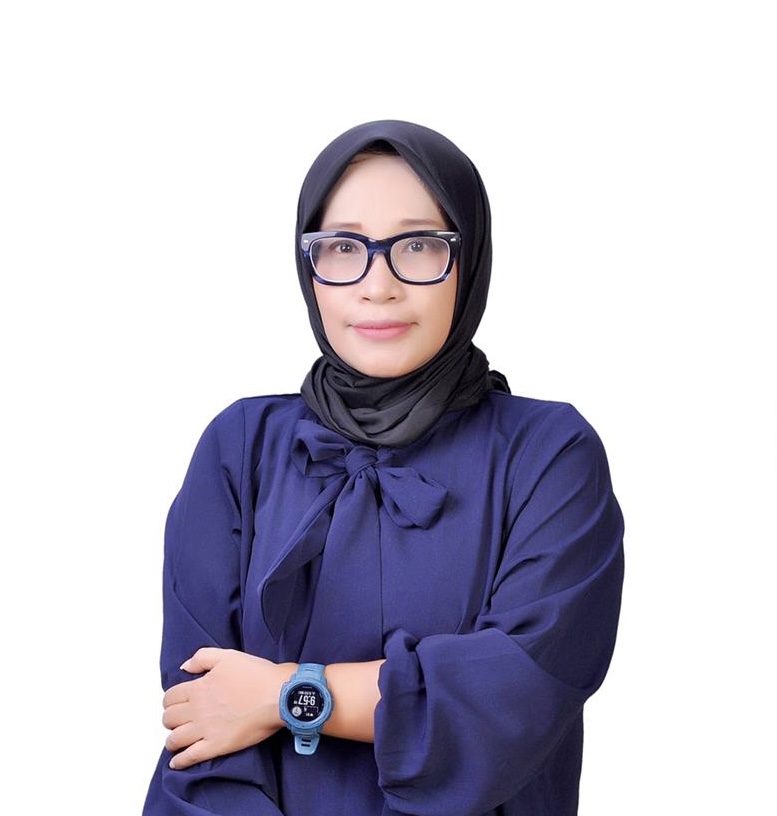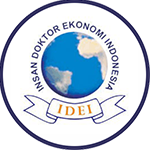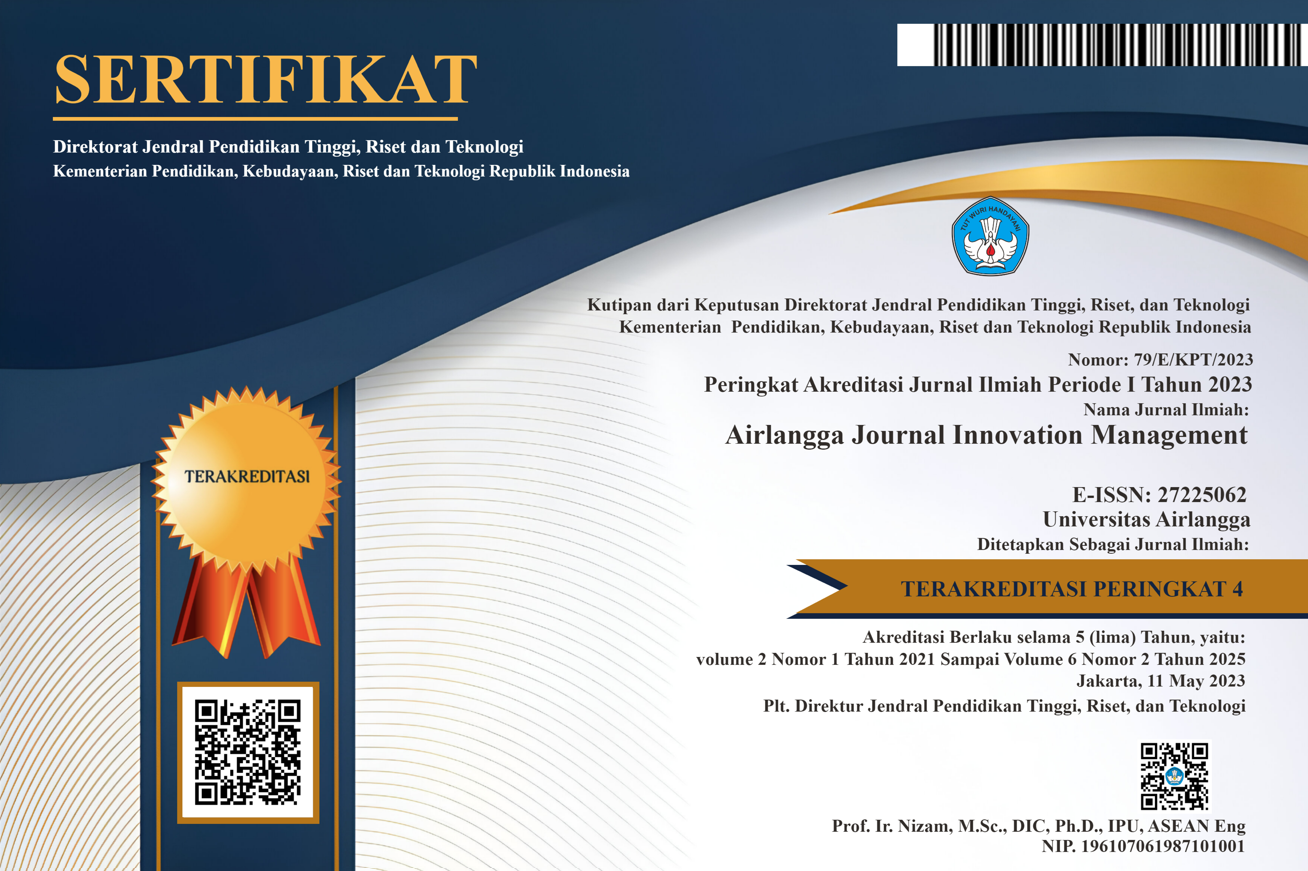The Impact of Family Poverty on Low Access to Technology in Education: Evidence in Surabaya
Unduhan
The current era of globalization has shown that technology is increasingly sophisticated, and development is becoming easier to optimize so that it is easier to distribute resources to remote and rural areas, but in reality, currently, the resources that have been entered are still experiencing inequality. One of them is the city of Surabaya. The number of poor people in the city of Surabaya has increased to 15 thousand people in 2020. As of 2021, the number of people in poverty increased to 152,490 thousand people. Final education is the most important capital to get a job and fulfill daily needs. This research uses a quantitative approach with a simple random sampling technique which is then analyzed using descriptive discussions. Data collection techniques were obtained from distributing questionnaires, interviews, and direct observation of 85 respondents/samples from a population of 575. Data testing was carried out using validity, reliability, classical assumption tests, and multiple linear regression analysis using SPSS 26. The results show that partial variables education (0.018), and access to technology (0.000) have a significant influence, while the number of families (0.369) does not have a significant influence on poor households. This research impacts government policy, especially in family poverty alleviation. Further studies could observe more about technology access in education on poverty alleviation.
Adiningsih, N. I., Rahayu, R. D., Ningtyas, R. D., Putriani, S., & Yudha, A. T. R. C. (2022). Implementasi Ultimate Service Literasi Nasabah Pada Bank Syariah Indonesia KC Surabaya. 7(30), 62–91. https://doi.org/http://dx.doi.org/10.30651/jms.v7i1.10846
Alysia, V., Kurniawati, E. E., Aini, A. F., & Yudha, A. T. R. C. (2022). Eksplorasi Sumber Daya Alam Dan Ketahaan Ekonomi Lokal (Studi Literatur Pada Destinasi Wisata Labuan Bajo). Journals of Economics Development Issues ( JEDI ), 5(1), 549–560.
Annur, R. A. (2013). Faktor-Faktor Yang Mempengaruhi Kemiskinan Di Kecamatan Jekulo Dan Mejobo Kabupaten Kudus Tahun 2013. Economics Development Analysis Journal, 2(4), 409–426.
Asfarina, M., Ascarya, A., & Beik, I. S. (2019). Re-Estimating the Zakat Potential in Indonesia Based on Classical and Contemporary Fiqh Approaches. Journal of Islamic Monetary Economics and Finance, 5(2), 387–418. https://doi.org/10.21098/jimf.v5i2.1068
Badan Pusat Statistik (BPS). (2023). STATISTIK PENGELUARAN WISATAWAN MANCANEGARA 2022.
Dhewanto, W., Ratnaningtyas, S., Permatasari, A., Anggadwita, G., & Prasetio, E. A. (2020). Rural entrepreneurship: Towards collaborative participative models for economic sustainability. Entrepreneurship and Sustainability Issues, 8(1), 705 – 724.
Fadilah, M. F., & Basuki, M. U. (2020). Analisis Faktor-Faktor Yang Mempengaruhi Kerentanan Kemiskinan Relatif Di Kota Jakarta Barat Tahun 2018. Diponegoro Journal of Economics, 9(2), 168.
Fauziana, H., Wardhana, A. K., & Rusgianto, S. (2022). The Effect of Education, Income, Unemployment, and Poverty toward the Gini Ratio in Member of OIC Countries. Daengku: Journal of Humanities and Social Sciences Innovation, 2(2), 181–191.
Febriyanti, A. R., Ratnasari, R. T., & Wardhana, A. K. (2022). The Effect of Economic Growth, Agricultural Land, and Trade Openness Moderated By Population Density on Deforestation in OIC Countries. Quantitative Economics and Management Studies, 3(2).
Ghifara, A. S., Iman, A. N., Wardhana, A. K., Rusgianto, S., & Ratnasari, R. T. (2022). The Effect of Economic Growth, Government Spending, and Human Development Index toward Inequality of Income Distribution in the Metropolitan Cities in Indonesia. Daengku: Journal of Humanities and Social Sciences Innovation, 2(4), 529–536.
Iman, A. N., Wardhana, A. K., Rusgianto, S., & Ratnasari, R. T. (2022). Venture vs Investment, Which Type of Financing was more Demanded by Agriculture, Forestry, and Aquaculture Sector? Daengku: Journal of Humanities and Social Sciences Innovation, 2(5), 587–595.
Ivantri, M. A., Azizi, M. H., Yudha, A. T. R. C., & Saputra, Y. (2024). Gold-based Housing Financing model : proposing an alternative housing financing model for Islamic bank. Journal Islamic Accounting and Business Research. https://doi.org/10.1108/JIABR-12-2023-0414
Izzuddin, M. A., Yudha, A. T. R. C., & Agustianto, M. A. (2022). Cooperative Trading House in SME's Empowerment: A Hifdzul Aql Perspective. Airlangga Journal of Innovation Management, 3(1), 61–70.
Joseph, C. N. (2020). Analisis Faktor-Faktor Yang Mempengaruhi Tingkat Kemiskinan Absolut Nelayan Di Desa Latuhalat Kota Ambon. XIV(1), 54–67.
Kurniawan., M. (2017). Analisis Faktor-Faktor Penyebab Kemiskinan Di Kabupaten MUsi Banyuasin (Studi Kasus di kecamatan Sungai Lilin). Jurnal Ilmiah Ekonomi Global Masa Kini, 8(1), 16–20. https://doi.org/10.36982/jiegmk.v8i1.231
Mafruchati, M., Ismail, W. I. W., Wardhana, A. K., & Fauzy, M. Q. (2023). Bibliometric analysis of veterinary medicine on embryo of animals in textbook in conceptualizing disease and health. Heliyon.
Mafruchati, M., Musta'ina, S., & Wardhana, A. K. (2024). Research trends of Moringa oleifera Lam as Remedy toward Cattle's embryo according to the frequently used words in content of papers and citations. Heliyon, 10(11).
Mafruchati, M., Othman, N. H., & Wardhana, A. K. (2023). Analysis of the Impact of Heat Stress on Embryo Development of Broiler: A Literature Review. Pharmacognosy Journal, 15(5).
Manoppo, J. J. E., Engka, D. S. M., Tumangkeng, S. Y. L., Pembangunan, J. E., Ekonomi, F., & Ratulangi, U. S. (2018). Analisis Faktor-Faktor Yang Mempengaruhi Kemiskinan Di Kota Manado. Jurnal Berkala Ilmiah Efisiensi, 18(2), 216–225.
Muneer, F., & Khan, F. (2019). Qard-Al-Hassan As a Tool for Poverty Alleviation a Case of Fael Khair Waqf Program in Bangladesh. Journal of Islamic Monetary Economics and Finance, 5(4), 829–848. https://doi.org/10.21098/jimf.v5i4.1100
Noviyani, N. A., & Ratnasari, R. T. (2021). Pengaruh Halal Destination Attributes Di Sumatera Barat Terhadap Wisatawan Muslim. Jurnal Ekonomi Syariah Teori Dan Terapan, 8(4), 401. https://doi.org/10.20473/vol8iss20214pp401-412
Pratiwi, A. C., Wardhana, A. K., & Rusgianto, S. (2022). Application of Vector Error Correction Model on Macroeconomic Variables toward Changes in the Composite Stock Price Index. Daengku: Journal of Humanities and Social Sciences Innovation, 2(2), 219–229.
Rahmatullah, J. F., Iriani, R., & Wijaya, R. S. (2022). Analisis Faktor-Faktor Yang Mempengaruhi Kemiskinan Rumah Tangga Di Desa Sumberbrantas. Jambura : Economic Education Journal, 4(2), 106–117. https://doi.org/10.37479/jeej.v4i2.11658
Ranathunga, S. P. B. (2017). Factors Affecting Household Poverty in the Urban Sector in Sri Lanka: 1990-2010. March. https://doi.org/10.17758/uruae.uh0317011
Rifa'i, M. N. (2019). Integrasi Pariwisata Halal di Kota Malang. Falah: Jurnal Ekonomi Syariah, 4(2), 194. https://doi.org/10.22219/jes.v4i2.10090
Santoso, T. B., & Kusuma, A. (2023). The Development of the Usage of Blockchain for Waqf and Zakat Globally: A Bibliometric Study. International Journal of Mechanical Computational and Manufacturing Research, 13(3), 83–91.
Silooy, M. (2017). Analisis Faktor-Faktor Yang Mempengaruhi Tingkat Kemiskinan Absolut Masyarakat Pesisir ( Nelayan ) Di Desa Seilale Kecamatan Nusaniwe. Jurnal Cita Ekonomika, 11(1), 79–84. https://doi.org/10.51125/citaekonomika.v11i1.2634
Suryanto, S., Muhyi, H. A., Kurniati, P. S., & Mustapha, N. (2022). Banking Financial Performance in the Industry Financial Technology Era. Journal of Eastern European and Central Asian Research, 9(5), 889–900. https://doi.org/10.15549/jeecar.v9i5.1075
Syamsuri, Yuniar, A. S., & Afifah, N. (2022). Model of Solving Economic Gap Through Share Waqf. Al-Kharaj : Jurnal Ekonomi, Keuangan & Bisnis Syariah, 4(3), 838–852. https://doi.org/10.47467/alkharaj.v4i3.762
Uddin, T. A., & Mohiuddin, M. F. (2020). Islamic Social Finance in Bangladesh: Challenges and Opportunities of the Institutional and Regulatory Landscape. Law and Development Review, 13(1), 265–319. https://doi.org/10.1515/ldr-2019-0072
Wardhana, A. K. (2021). The Application of Waqf and Endowment Fund Based on the Principles in the Sharia Maqashid Pillar Society. Prosperity: Journal of Society and Empowerment, 1(2), 107–119. https://doi.org/10.21580/prosperity.2021.1.2.8829
Wardhana, A. K., Ratnasari, R. T., & Fauziana, H. (n.d.). ISLAMIC INVESTMENT IN INDONESIA BEFORE AND DURING PANDEMIC OF COVID-19: A BIBLIOMETRIC STUDY INVESTASI SYARIAH DI INDONESIA SEBELUM DAN SELAMA PANDEMI COVID-19: STUDI BIBLIOMETRIK.
Wijayanti, I., & Ryandono, M. N. H. (2020). Zakat institutions' mustahiq transformation in developing countries: Comparison study. Opcion, 36(S26), 350–366.
Windan, N. A. (2016). Analisis Faktor-Faktor Yang Mempengaruhi Keluarga Miskin Di Kelurahan Samata Kecamatan Somba Opu Kabupaten Gowa.
Yalina, N., Kartika, A. P., & Yudha, A. T. R. C. (2020). Impact Analysis of Digital Divide on Food Security and Poverty in Indonesiain 2015-2017. Jurnal Manajemen Teknologi, 19(2), 145–158. https://doi.org/http://dx.doi.org/10.12695/jmt.2020.19.2.3
Yudha, A. T. R. C., Awwaliah, H., & Pertiwi, E. M. (2021). SDGs Value and Islamic Philantrophy Through Zakah Institution During the Covid-19. Ihtifaz: Journal of Islamic Economics, Finance, and Banking, 4(1), 31. https://doi.org/10.12928/ijiefb.v4i1.2535
Yudha, A. T. R. C., Prayitno, A. R. D., & Maulana, A. (2018). Instrumen Moneter Indonesia : Penentuan Arah Kebijakan Serta Pengaruhnya Terhadap Pertumbuhan Ekonomi. Journals of Economics Development Issues ( JEDI ), 1(2), 1–11. https://doi.org/https://doi.org/10.33005/jedi.v1i2.15
Hak Cipta (c) 2024 Airlangga Journal of Innovation Management

Artikel ini berlisensiCreative Commons Attribution-NonCommercial-ShareAlike 4.0 International License.
- The journal allows authors to hold copyright without restrictions and retain publication rights without restrictions. The author retains the copyright and grants the first publication rights to the journal, with his work simultaneously licensed under the Creative Commons Attribution-NonCommercial-ShareAlike 4.0 International License (CC BY-NC-SA). This license allows others to share the work with acknowledgment of authorship and initial publication in this journal, provided that the work is not used for commercial purposes and that any derivative works must use the same license.
- Authors may enter into additional contractual agreements for non-exclusive distribution of the journal publication version (e.g., uploading it to an institutional repository or publishing it in book form), while still including acknowledgment of the initial publication in this journal.
- Authors are allowed and encouraged to upload their work online (e.g., in an institutional repository or personal website) before and during the submission process. This can support productive scientific exchanges as well as increase citations to published works.

AJIM by UNAIR is licensed under a Creative Commons Attribution-NonCommercial-ShareAlike 4.0 International License.





















